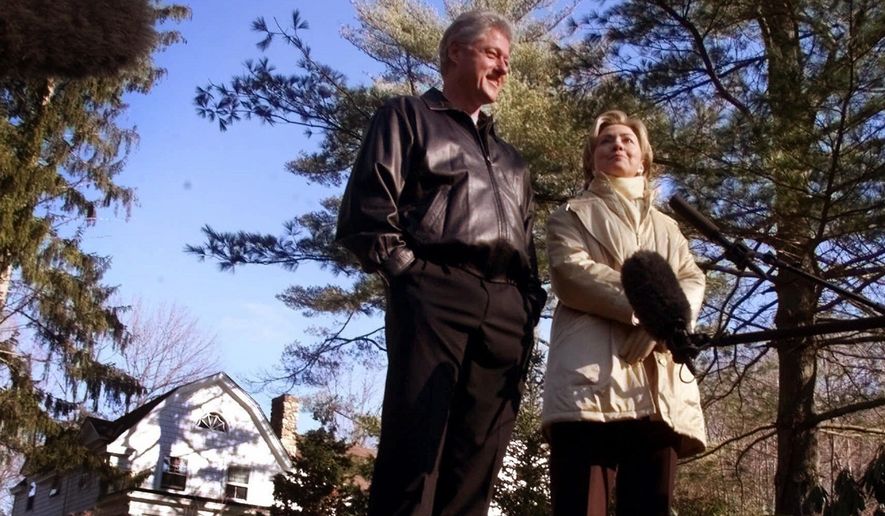More than 30 assassination attempts have been made on U.S. presidents while in office since the 1800s, but this week marks the first time in more than 100 years a retired president has been targeted, historians said.
Bombs intercepted this week were aimed at former President Barack Obama and former first lady and presidential candidate Hillary Clinton. They were among nine known targets, all of them prominent political opponents of President Trump.
Questions swirl about the motives of those responsible. But the attacks place Mr. Obama and, possibly former President Bill Clinton, in one of the rarest presidential fraternities — ex-presidents who were the focus of an assassination plot.
“What is striking about this is that, normally, even presidents that are extremely controversial like Nixon stirred up strong emotions while in office, but once they left that sort of disappeared in a way,” said Patrick J. Maney, a presidential historian at Boston College. “It is very unusual to have an assassination attempt on an ex-president.”
The only known attempt on the life of a former president was when Teddy Roosevelt was shot by barkeep John Flammang Schrank in October 1912, historians recalled. But Roosevelt was still active in politics, running a third-party bid for the White House.
He was shot in the chest, but the bullet’s force was reduced after passing through a thick, 50-page speech the former president was carrying in his jacket. After assuring the crowd that he was fine, Roosevelt gave a 90-minute speech while blood seeped into his shirt. After the speech he was driven to the hospital and lived for roughly six more years.
In 1993, 14 men believed to be working for Saddam Hussein planned to kill President George H.W. Bush with a car bomb during his post-presidency trip to Kuwait. But that attempt is viewed more as state-sponsored terrorism rather than a traditional assassination plot, historians said.
Even President Gerald Ford, who was twice the target of assassination while in office, did not have a public attempt made on his life during the 31 years after his presidency.
“The paucity of this tells you something,” said G. Terry Madonna, director of the Center for Politics and Public Affairs at Franklin and Marshall College. “It shows that if someone wants to make a statement, what are you going to accomplish going after a past president? It has no meaning because they no longer set the agenda or have the ability to change the nature of American life.”
Ex-presidents have U.S. Secret Service protection for life under the Former Presidents Act of 1958. In 1997, that protection was reduced to 10 years for presidents taking office after that year. But Mr. Obama reinstated lifetime Secret Service protection for all former presidents in 2012. That means no former U.S. leader has been without the watchful eye of the Secret Service since 1958.
In 1985, Mr. Nixon became the only former president to relinquish Secret Service protection.
Mr. Madonna said one reason why former presidents have remained relatively safe is because they historically have avoided engaging in politics.
“Former presidents go and write their autobiographies and talk about the past,” he said. “That downgrades their relevance in the political process. Assassins seem to be attracted to the apex of power, and the most important apex of power is the presidency.”
Mr. Obama, by contrast, has been actively campaigning for Democrats and criticizing his successor, Mr. Trump. So is Mrs. Clinton as well as the other targets revealed so far: former CIA Director John Brennan, former Attorney General Eric H. Holder Jr., Rep Maxine Waters, billionaire liberal backer George Soros, former Vice President Joseph R. Biden and actor Robert DeNiro.
Ronald L. Feinman, who wrote a book on presidential assassination attempts, said former leaders likely receive lots of threats, but they are rarely acted upon. He believes more active politicking by the last two Democrats may have sparked the plot.
“Since the 1990s every president has become more controversial and we’ve had more splits and divisions,” he said. “There really is no such thing as across the aisle anymore and it is a trend that could result in a presidential candidate or former president being a victim. It’s terrifying.”
• Jeff Mordock can be reached at jmordock@washingtontimes.com.




Please read our comment policy before commenting.